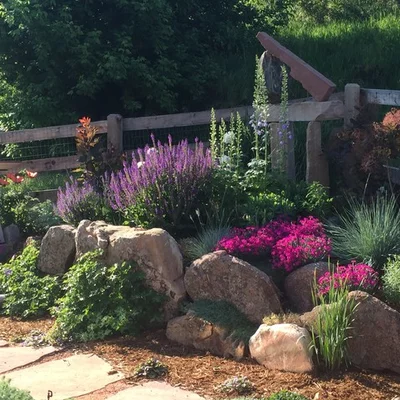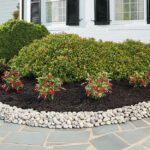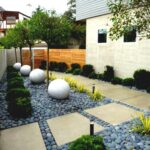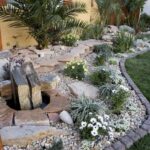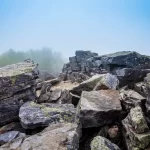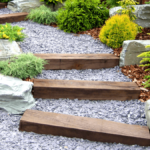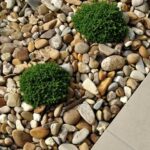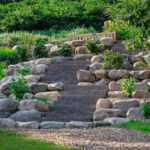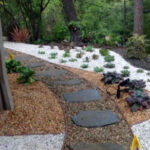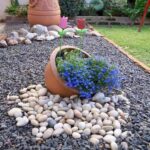Landscaping with rocks can add a unique and beautiful element to your outdoor space. Whether you have a small backyard or a large garden, rocks can be used to create a stunning and low-maintenance landscape design. There are many ways to incorporate rocks into your landscaping, from creating pathways and borders to building rock gardens and water features.
One of the benefits of using rocks in your landscaping is their durability and longevity. Rocks can withstand all kinds of weather conditions and require minimal maintenance, making them a cost-effective and sustainable landscaping option. They also provide a natural and organic look that can complement any style of garden or outdoor space.
When designing with rocks, consider the size, shape, and color of the rocks you choose. Large boulders can make a dramatic statement in your garden, while smaller rocks can be used to create borders and pathways. Mixing different sizes and colors of rocks can add visual interest and create a dynamic and textured landscape design.
Incorporating rocks into your landscaping can also help to prevent erosion and retain moisture in the soil. Rocks can be used to create retaining walls, which can help to stabilize slopes and prevent soil erosion. They can also be used to create dry riverbeds and mulch beds, which can help to retain moisture in the soil and reduce water usage in your garden.
To create a cohesive and well-designed landscape with rocks, consider working with a professional landscaper or garden designer. They can help you choose the right rocks for your space, create a detailed landscaping plan, and ensure that the rocks are properly installed and integrated into your garden design. With the right planning and execution, landscaping with rocks can transform your outdoor space into a beautiful and sustainable oasis.
